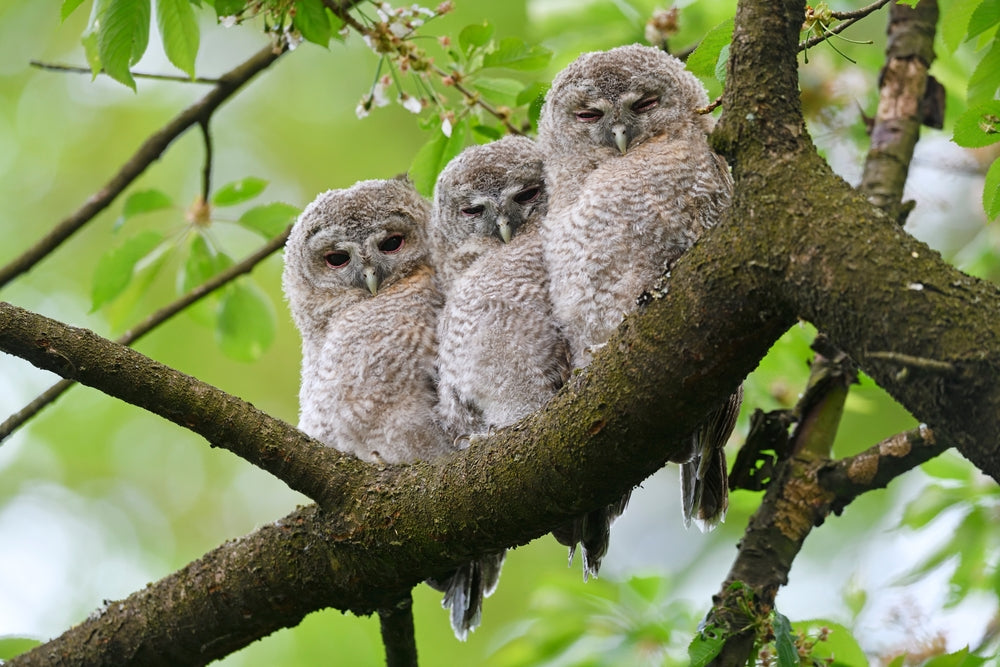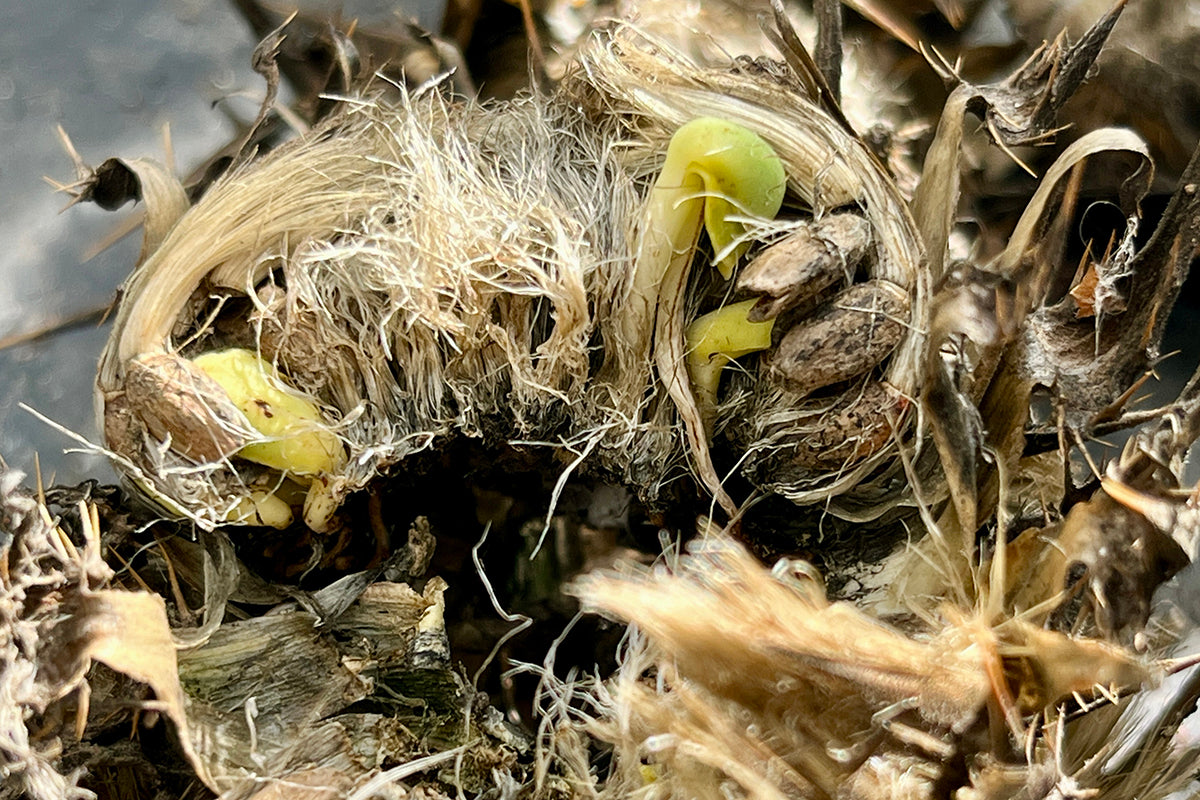Wildlife in the garden - the tawny owl

The tawny owl (Strix aluco), is a medium-sized owl species widely distributed across Europe and western Siberia. It’s a common sight in woodlands and has successfully adapted to urban environments where there is sufficient tree cover. We have several tawny owls in the Genus garden, their presence made known by the classic t’wit t’woo calls and regurgitated pellets under their favourite perching spots.
Characterised by pale underparts with dark streaks, their upper body can be either brown or grey, depending on the subspecies. This variation in plumage allows for excellent camouflage in woodland environments.
As a nocturnal predator, these owls have evolved remarkable adaptations for hunting in darkness. While their eyes have a light sensitivity comparable to humans, their hunting succcess stems from exceptional directional hearing. Asymmetrically placed ears, one slightly higher than the other, allow for precise pinpointing of sound, enabling it to locate prey even in complete darkness. This auditory advantage, combined with silent flight capabilities, makes it a highly efficient night-time hunter.
Its diet consists mainly of small woodland rodents, but it is opportunistic and will also prey on birds, especially in urban settings. Occasionally, it may even hunt smaller owl species or even beetles. Unlike barn owls which will quarter a field searching for food items, tawny owls typically hunt by perching silently and then swooping down on unsuspecting prey which they swallow whole. Fur and bones are later regurgitated leaving pellets as tell tale signs under their perching post. These pellets can be pulled apart enabling examination of the feeding habits and diets of owls within a particular location.
Tawny owls are monogamous and highly territorial. Pairs often mate for life, defending their territory year-round. They are also known to be aggressive to humans, especially during the breeding season. Nesting usually occurs in tree cavities, although they readily adapt to old magpie nests, squirrel dreys, or artificial nest boxes. The breeding season typically begins in late winter or early spring, with clutches of two to three eggs being common.
The tawny owl often appears in European folklore and literature, where it is associated with omens and mystery. Its call, frequently wrongly attributed to other owl species, has furthered its mysterious reputation. Interestingly, the famous ‘t’wit-t’woo’ call is actually a duet between male and female owls.











